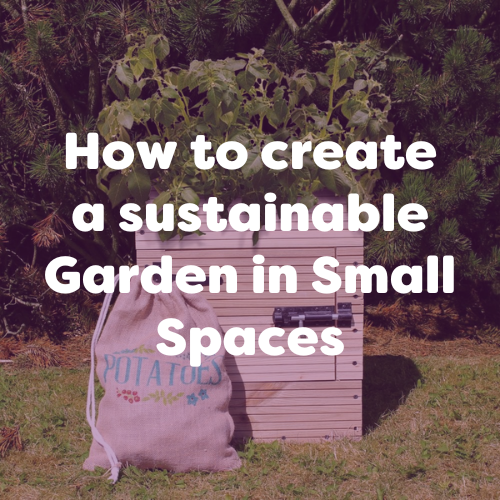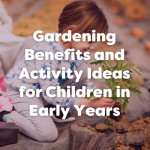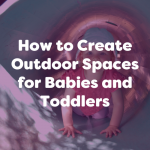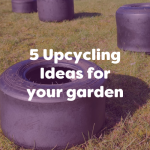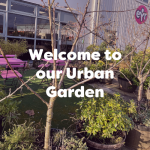This article has been written by Anne Gunning, North West Regional Schools Advisor for the RHS Campaign for School Gardening. In this blog we discuss ways in which you can create a sustainable garden regardless of the size of setting.
First things first, it IS possible to grow various crops in a small space. All it takes is the right equipment. Large containers are a good way to start. These containers can be purpose bought or even made from upcycled materials. The key is to ensure that there are drainage holes at the bottom. WE have listed a couple of easy crops to grow below to get you started:
- Potatoes are a very easy crop to grow and they can be planted in old shopping bags. Top tip: standing them on a shallow tray will help with watering as the tray will catch the rain.
- Conversely, carrots grow well in a deep pot. Top tip: you will get longer carrots if they are allowed to dry out slightly between watering. This is because they grow to search for water.
- Runner beans are a great one to grow as they grow fast and climb quickly like Jack’s bean stalk. Even though they are ready during August there may be some less stringy pods to eat in September and the children will enjoy opening the pods and discovering the seeds if you let them mature on the plant.
- If you want fast maturing crops, grow radish, beetroot, lettuce, pea shoots and spring onions.
The great thing about a mini allotment made with upcycled containers is that it is moveable. So over school holidays, parts of it could be taken home by different children to be looked after.
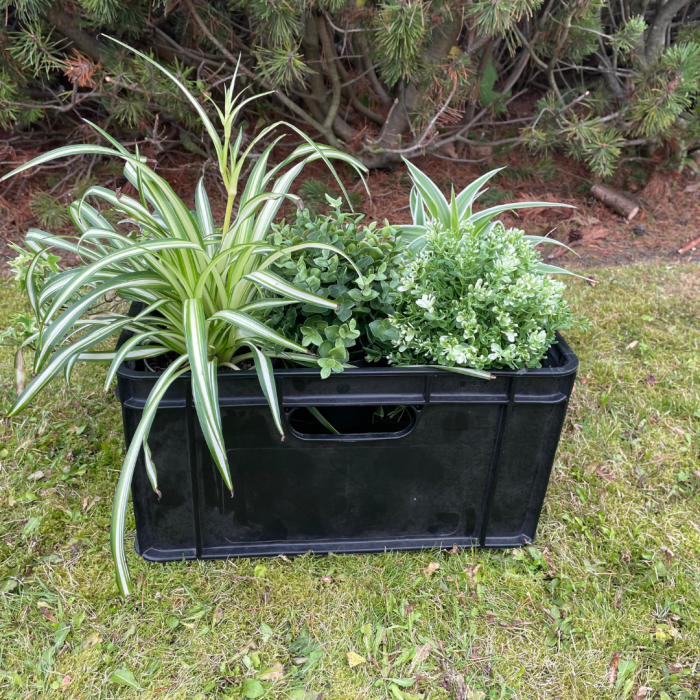
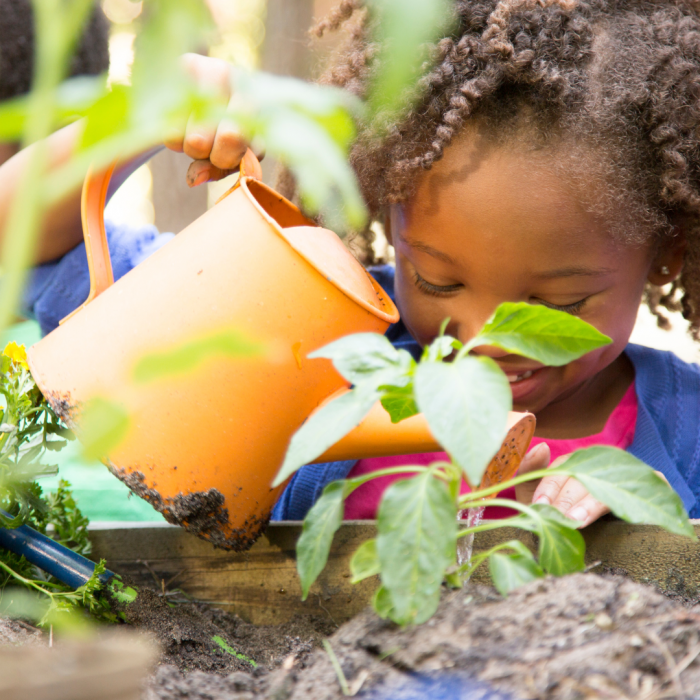
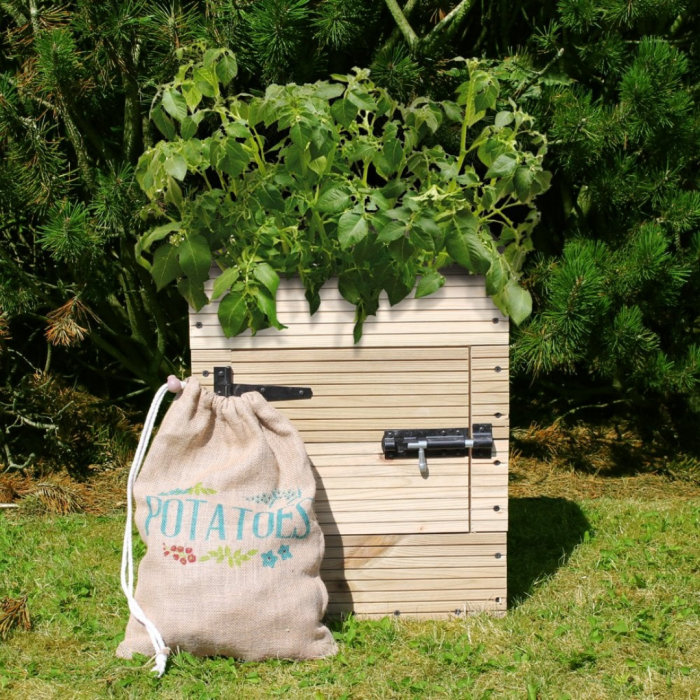
Permanent growing beds
An alternative to the mini allotment are permanent growing beds. These are more expensive to set up initially but will require less watering and you can grow some perennial plants like herbs and strawberries which will flourish year after year.
Beds can be at ground level and simply dug out of the grass and it is important that the children can reach into the middle of the bed without standing on the soil, so a width of 1m would be about right for little arms. A wooden edge is not essential but this would make maintenance easier as the grass wouldn’t grow into the bed. Beds can also be raised for easier access but are expensive to buy and fill with top soil and dry out more quickly.
Finally, some other areas to consider are the sustainability side of things and the sensory aspect…
A Sensory Area
To me all gardening is sensory whether it is feeling the soil, listening to the birds or blowing a dandelion seed head. A traditional sensory area has scented plants such as herbs, colourful flower such as pot marigolds and nasturtiums, rustling plants such as bamboo and textural plants such as Lamb’s ears (Stachys byzantine), Ferns and Hostas.
Sustainability
A composting area is essential so that we can add this to the soil and feed our plants. This will also attract many mini beasts and will help the soil to retain moisture. Harvesting water from a shed roof into a water butt provides free water and is environmentally friendly.
Maintenance of the garden is always a problem for busy teachers so if you can find someone to visit once a week to do this it will prevent it turning into a weed filled wilderness. Parents or grand parents may be willing to volunteer for this.


